Grow Bok Choy at Home and unlock a world of fresh, flavorful greens right outside your door! Have you ever dreamed of snipping vibrant, crisp bok choy leaves just moments before adding them to your stir-fry? Well, dream no more! This DIY guide is your passport to a thriving bok choy garden, no matter the size of your space or your gardening experience.
Bok choy, also known as pak choi, boasts a rich history deeply rooted in Chinese cuisine and culture. For centuries, it has been a staple ingredient, celebrated not only for its delicious taste but also for its nutritional benefits. From humble family meals to elaborate banquets, bok choy has graced tables across generations.
But why should you grow bok choy at home? In today’s world, knowing where your food comes from is more important than ever. Growing your own bok choy allows you to control the quality, ensuring it’s free from harmful pesticides and packed with freshness. Plus, it’s incredibly rewarding to nurture a plant from seed to harvest, and the taste of homegrown bok choy is simply unmatched. I’m excited to share some simple yet effective DIY tricks and hacks that will have you harvesting your own delicious bok choy in no time!
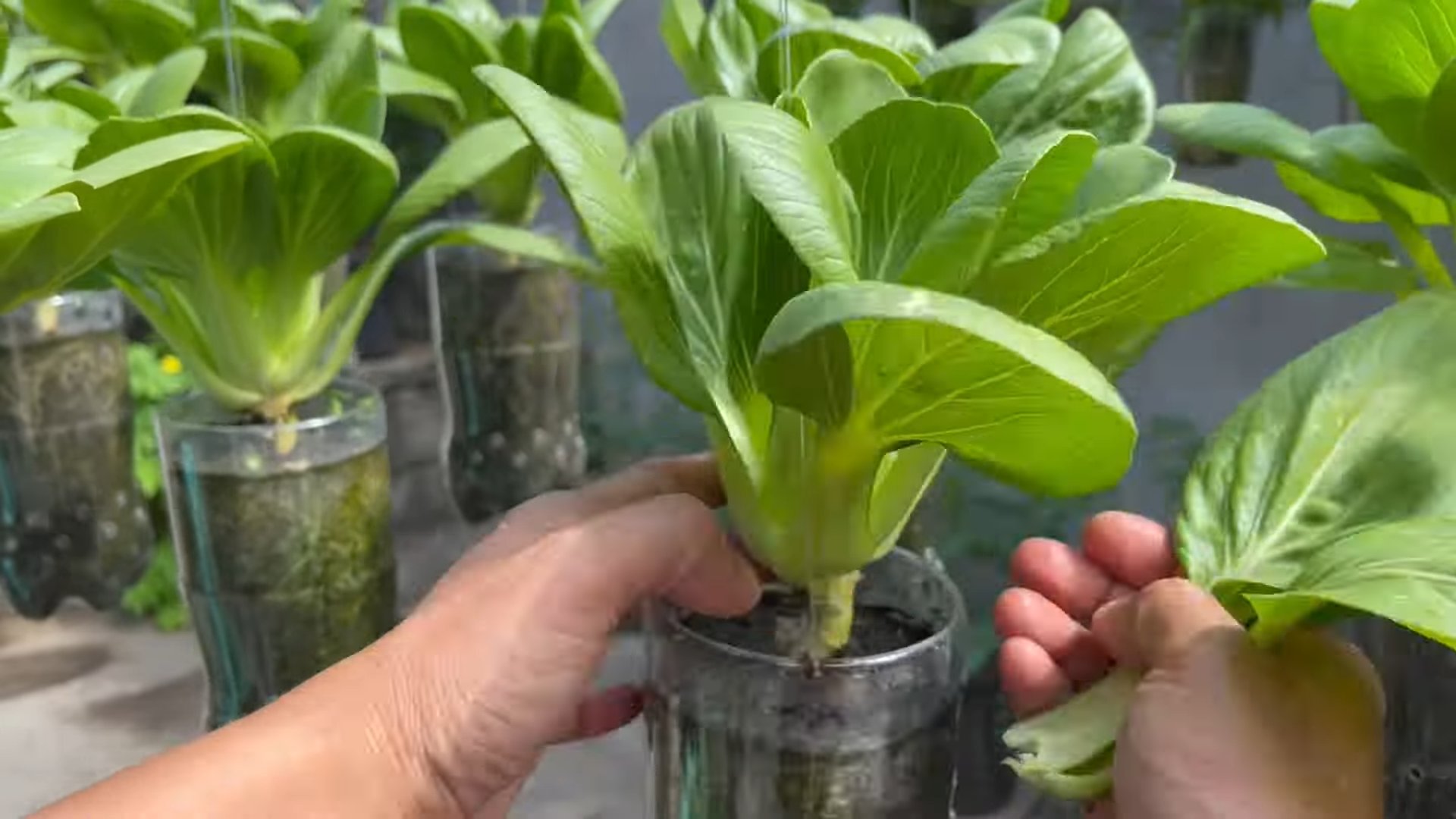
Grow Your Own Delicious Bok Choy: A Beginner’s Guide
Hey there, fellow gardening enthusiasts! Ever wanted to whip up a stir-fry with ingredients straight from your backyard? Well, today I’m going to walk you through the surprisingly simple process of growing your own bok choy at home. It’s a rewarding experience, and trust me, the flavor of homegrown bok choy is unmatched!
Choosing Your Bok Choy Variety
Before we get our hands dirty, let’s talk about bok choy varieties. There are a few popular options, and the best one for you will depend on your climate and preferences.
* Shanghai Bok Choy: This variety has light green stems and spoon-shaped leaves. It’s known for its mild flavor and tender texture.
* Baby Bok Choy: As the name suggests, this is a smaller version of regular bok choy. It’s quick to mature and perfect for smaller gardens or containers.
* Canton Bok Choy: This variety has dark green leaves and thick, white stems. It has a slightly stronger flavor than Shanghai bok choy.
I personally love growing baby bok choy because it’s so quick and easy, but feel free to experiment and find your favorite!
Getting Started: Seeds vs. Seedlings
You have two options when it comes to starting your bok choy: seeds or seedlings.
* Seeds: Starting from seeds is more economical and gives you more control over the entire growing process.
* Seedlings: Buying seedlings is a quicker option, especially if you’re short on time or don’t have a lot of experience with seed starting.
I usually prefer starting from seeds because I find it more satisfying, but either way works!
Planting Your Bok Choy
Now for the fun part! Let’s get those bok choy plants growing.
Timing is Key
Bok choy is a cool-season crop, which means it thrives in cooler temperatures. The best time to plant bok choy is in early spring or late summer/early fall. Avoid planting during the hottest months of summer, as the heat can cause the plants to bolt (go to seed prematurely).
Preparing the Soil
Bok choy prefers well-drained, fertile soil with a pH between 6.0 and 7.5. Before planting, amend your soil with compost or other organic matter to improve its fertility and drainage.
Here’s what I usually do:
1. Clear the area: Remove any weeds, rocks, or debris from the planting area.
2. Loosen the soil: Use a garden fork or tiller to loosen the soil to a depth of at least 12 inches.
3. Amend the soil: Mix in a generous amount of compost or well-rotted manure. I usually aim for about 2-3 inches of compost mixed into the top 6-8 inches of soil.
4. Rake the soil: Rake the soil smooth to create a level planting surface.
Planting Seeds
If you’re starting from seeds, follow these steps:
1. Sow the seeds: Sow the seeds about 1/4 to 1/2 inch deep and 1 inch apart in rows that are 12-18 inches apart.
2. Water gently: Water the soil gently to avoid disturbing the seeds.
3. Thin the seedlings: Once the seedlings emerge and have a few true leaves, thin them to 6-8 inches apart. This will give them enough space to grow.
Planting Seedlings
If you’re using seedlings, follow these steps:
1. Dig holes: Dig holes that are slightly larger than the root balls of the seedlings. Space the holes 6-8 inches apart.
2. Remove the seedlings: Gently remove the seedlings from their containers.
3. Plant the seedlings: Place the seedlings in the holes and backfill with soil. Make sure the top of the root ball is level with the soil surface.
4. Water thoroughly: Water the seedlings thoroughly after planting.
Caring for Your Bok Choy
Now that your bok choy is planted, it’s important to provide it with the care it needs to thrive.
Watering
Bok choy needs consistent moisture to grow well. Water deeply whenever the top inch of soil feels dry to the touch. Avoid overwatering, as this can lead to root rot.
Here’s my watering routine:
* I usually water my bok choy every 2-3 days, depending on the weather.
* I water in the morning to allow the foliage to dry before nightfall, which helps prevent fungal diseases.
* I use a watering can or a soaker hose to water gently and avoid splashing soil onto the leaves.
Fertilizing
Bok choy is a heavy feeder, so it benefits from regular fertilization.
Here’s what I recommend:
1. Apply a balanced fertilizer: Apply a balanced fertilizer (e.g., 10-10-10) according to the package directions. I usually fertilize my bok choy every 2-3 weeks.
2. Use organic fertilizers: You can also use organic fertilizers, such as compost tea or fish emulsion. These are gentler on the plants and the environment.
Weeding
Keep the area around your bok choy free of weeds. Weeds compete with bok choy for water and nutrients, and they can also harbor pests and diseases.
My weeding tips:
* I weed regularly, usually once a week.
* I use a hand hoe or a weeding tool to remove weeds carefully.
* I mulch around my bok choy plants to help suppress weeds.
Pest and Disease Control
Bok choy is relatively pest-resistant, but it can be susceptible to certain pests and diseases.
Common pests:
* Aphids: These small, sap-sucking insects can cause stunted growth and distorted leaves.
* Flea beetles: These tiny beetles chew small holes in the leaves.
* Cabbage worms: These caterpillars feed on the leaves and can cause significant damage.
Common diseases:
* Downy mildew: This fungal disease causes yellow spots on the leaves.
* Clubroot: This soilborne disease causes swollen roots and stunted growth.
My pest and disease control strategies:
* Inspect your plants regularly: Check your plants for signs of pests or diseases.
* Handpick pests: If you find any pests, handpick them off the plants.
* Use insecticidal soap: For aphids and other soft-bodied insects, spray with insecticidal soap.
* Use row covers: Row covers can help protect your plants from pests.
* Practice crop rotation: Rotate your crops each year to help prevent soilborne diseases.
* Remove infected plants: If you find any plants with diseases, remove them immediately to prevent the disease from spreading.
Harvesting Your Bok Choy
The moment we’ve all been waiting for! Harvesting your delicious, homegrown bok choy.
When to Harvest
You can harvest bok choy at any stage of growth, depending on your preference.
* Baby bok choy: Harvest when the plants are about 6-8 inches tall.
* Mature bok choy: Harvest when the plants are about 12-18 inches tall.
I usually harvest my baby bok choy when it’s about 6 inches tall because I love the tender leaves.
How to Harvest
There are two ways to harvest bok choy:
* Harvest the entire plant: Cut the entire plant at the base with a sharp knife.
* Harvest individual leaves: Harvest individual leaves from the outer part of the plant, leaving the inner leaves to continue growing.
I usually harvest the entire plant because it’s quicker and easier.
Storing Your Bok Choy
After harvesting, store your bok choy in the refrigerator.
Here’s how I store it:
1. Wash the bok choy: Wash the bok choy thoroughly to remove any dirt or debris.
2. Dry the bok choy: Dry the bok choy with a paper towel or salad spinner.
3. Store in a plastic bag: Store the bok choy in a plastic bag in the refrigerator.
Bok choy will keep in the refrigerator for about 3-5 days.
Enjoying Your Homegrown Bok Choy
Now that you’ve harvested your bok choy, it’s time to enjoy it! Bok choy is a versatile vegetable that can be used in a variety of dishes.
Here are some of my favorite ways to use bok choy:
* Stir-fries: Bok choy is a classic ingredient in stir-fries.
* Soups: Bok choy can be added to
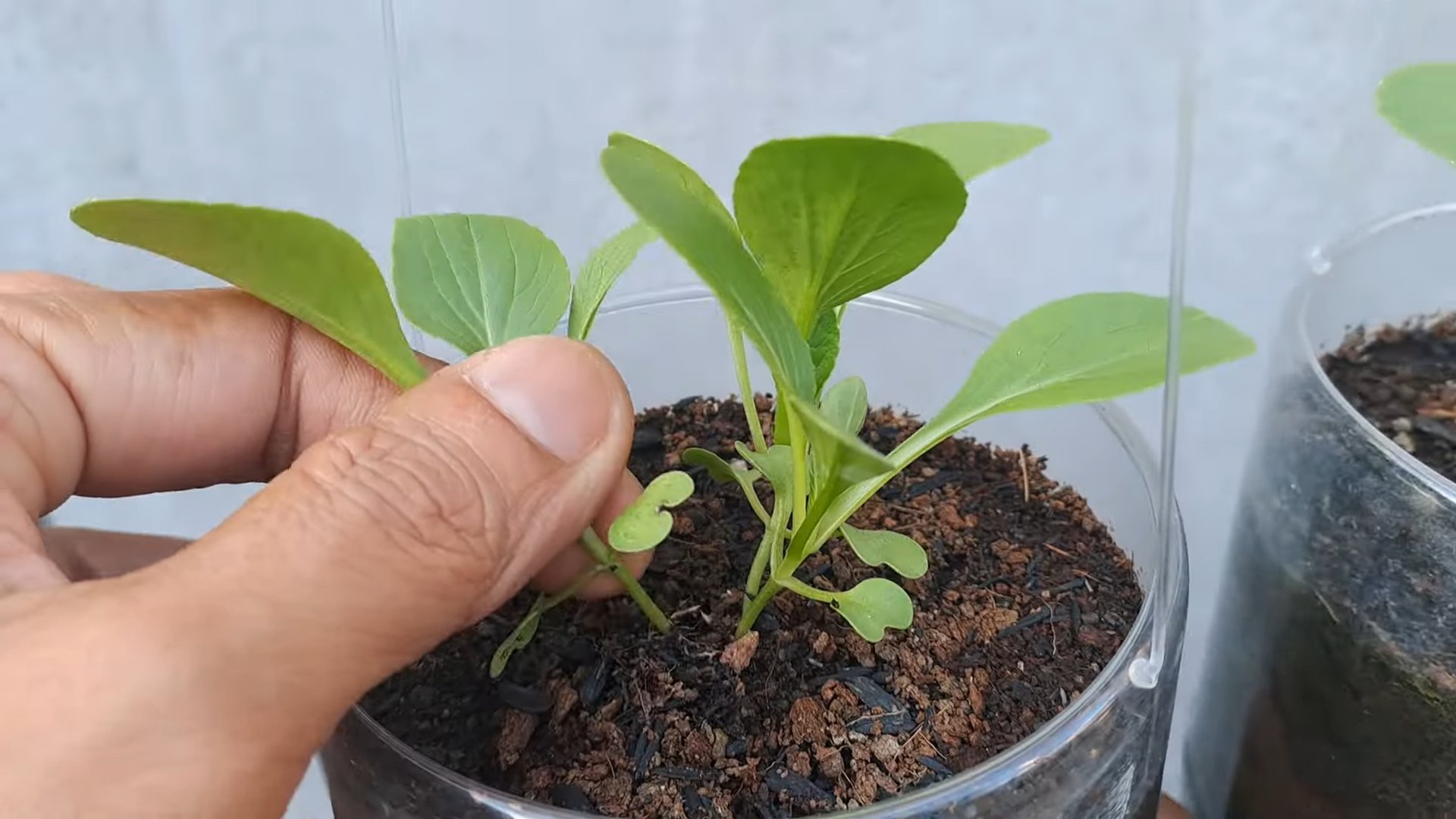
Conclusion
So, there you have it! Growing your own bok choy at home is not only achievable, but it’s also incredibly rewarding. From seed to stir-fry, the journey is filled with the satisfaction of nurturing something from the ground up and enjoying the freshest, most flavorful results. This DIY trick transforms your kitchen into a mini-farm, offering a constant supply of this nutritious and versatile vegetable.
Why is this a must-try? Because store-bought bok choy simply can’t compare to the vibrant taste and crisp texture of homegrown. You control the growing environment, ensuring it’s free from unwanted pesticides and herbicides. Plus, it’s a fantastic way to reduce your carbon footprint by minimizing transportation and packaging waste. Beyond the practical benefits, gardening is therapeutic. It’s a chance to connect with nature, de-stress, and witness the miracle of growth firsthand.
But the best part? The possibilities are endless! Experiment with different varieties of bok choy, from the classic green-stemmed to the petite Shanghai bok choy. Try succession planting to ensure a continuous harvest throughout the growing season. Consider companion planting with herbs like dill or chamomile to deter pests and enhance flavor. You can even grow bok choy in containers on your balcony or patio if you don’t have a traditional garden.
Don’t be afraid to get your hands dirty and embrace the learning process. Gardening is all about experimentation and adapting to your local climate and conditions. If you encounter challenges, don’t give up! There are countless resources available online and in your local community to help you succeed.
We encourage you to give this DIY trick a try. Start small, be patient, and enjoy the journey. Once you taste the difference between homegrown and store-bought bok choy, you’ll be hooked! And most importantly, we want to hear about your experience. Share your tips, successes, and challenges in the comments below. Let’s build a community of bok choy enthusiasts and inspire others to grow their own food. Let us know what growing medium you used, what kind of fertilizer you used, and what challenges you faced. Your insights could be invaluable to someone just starting out. So, grab your seeds, prepare your soil, and get ready to enjoy the delicious rewards of growing your own bok choy at home!
Frequently Asked Questions (FAQ)
What is the best time of year to plant bok choy?
Bok choy is a cool-season crop, meaning it thrives in temperatures between 55°F and 70°F (13°C and 21°C). The best time to plant bok choy is in early spring or late summer/early fall. Avoid planting during the hottest months of summer, as the heat can cause the plants to bolt (go to seed prematurely), resulting in a bitter taste. For a spring crop, start seeds indoors 4-6 weeks before the last expected frost. For a fall crop, sow seeds directly into the garden in late summer, about 6-8 weeks before the first expected frost.
What kind of soil does bok choy need?
Bok choy prefers well-drained, fertile soil that is rich in organic matter. The ideal soil pH is between 6.0 and 7.5. Before planting, amend the soil with compost or well-rotted manure to improve drainage and fertility. If your soil is heavy clay, consider adding sand or perlite to improve drainage. Bok choy also benefits from a soil rich in nitrogen, so consider adding a nitrogen-rich fertilizer or amendment.
How much sunlight does bok choy need?
Bok choy needs at least 4-6 hours of sunlight per day. While it can tolerate some shade, especially during the hottest part of the day, insufficient sunlight can result in leggy growth and reduced yields. Choose a planting location that receives ample sunlight, especially in the morning. If you are growing bok choy indoors, use grow lights to supplement natural sunlight.
How often should I water bok choy?
Bok choy needs consistent moisture to thrive. Water deeply and regularly, especially during dry periods. Aim to keep the soil consistently moist but not waterlogged. Overwatering can lead to root rot, while underwatering can cause the plants to wilt and become stressed. Check the soil moisture regularly and water when the top inch of soil feels dry to the touch. Mulching around the plants can help retain moisture and suppress weeds.
What are some common pests and diseases that affect bok choy?
Bok choy is susceptible to several common pests and diseases, including aphids, cabbage worms, flea beetles, and downy mildew. To prevent pest and disease problems, practice good garden hygiene. Remove weeds and debris from around the plants, and water from below to avoid wetting the foliage. Inspect your plants regularly for signs of pests or diseases, and take action promptly if you notice any problems. Organic pest control methods, such as insecticidal soap or neem oil, can be effective against many common pests. For fungal diseases, consider using a copper-based fungicide. Crop rotation can also help prevent soilborne diseases.
How do I harvest bok choy?
Bok choy can be harvested at any stage of growth, depending on your preference. For baby bok choy, harvest when the leaves are about 4-6 inches long. For mature bok choy, harvest when the heads are firm and compact. To harvest, cut the entire head of bok choy at the base of the plant with a sharp knife. You can also harvest individual leaves as needed, starting with the outer leaves. After harvesting, wash the bok choy thoroughly and store it in the refrigerator for up to a week.
Can I grow bok choy in containers?
Yes, bok choy can be grown successfully in containers. Choose a container that is at least 8-12 inches deep and wide to allow enough room for the roots to grow. Use a well-draining potting mix and amend it with compost or other organic matter. Place the container in a location that receives at least 4-6 hours of sunlight per day. Water regularly and fertilize every 2-3 weeks with a balanced fertilizer. Container-grown bok choy may need more frequent watering than bok choy grown in the ground, especially during hot weather.
How do I prevent bok choy from bolting?
Bolting, or premature flowering, can occur when bok choy is exposed to high temperatures or stress. To prevent bolting, plant bok choy at the right time of year (early spring or late summer/early fall) to avoid the hottest months of summer. Provide adequate water and fertilizer to keep the plants healthy and stress-free. If you experience a sudden heat wave, provide shade for your bok choy plants to help them stay cool. Choose bolt-resistant varieties of bok choy for best results.
What are some good companion plants for bok choy?
Companion planting can help deter pests, attract beneficial insects, and improve the overall health of your bok choy plants. Some good companion plants for bok choy include:
* Dill: Deters cabbage moths and other pests.
* Chamomile: Attracts beneficial insects and improves soil health.
* Marigolds: Repel nematodes and other soil pests.
* Garlic: Deters aphids and other pests.
* Onions: Repel aphids and other pests.
* Mint: Deters cabbage moths and other pests (plant in containers to prevent it from spreading).
How can I use my homegrown bok choy?
Homegrown bok choy is incredibly versatile and can be used in a variety of dishes. It can be stir-fried, steamed, sautéed, added to soups and stews, or even eaten raw in salads. The entire plant is edible, including the leaves and stems. Bok choy has a mild, slightly sweet flavor that pairs well with a variety of ingredients, such as garlic, ginger, soy sauce, sesame oil, and chili peppers. Experiment with different recipes and find your favorite ways to enjoy your homegrown bok choy!

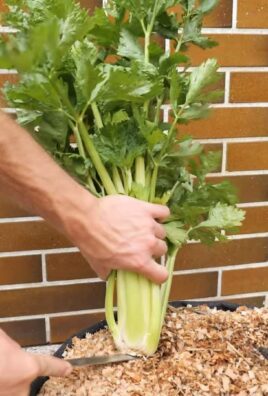
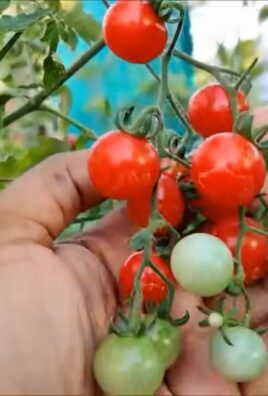
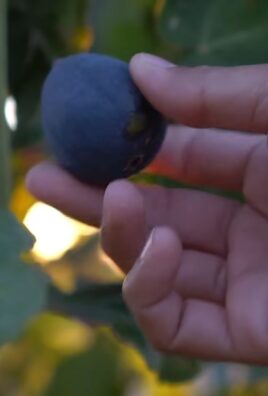
Leave a Comment